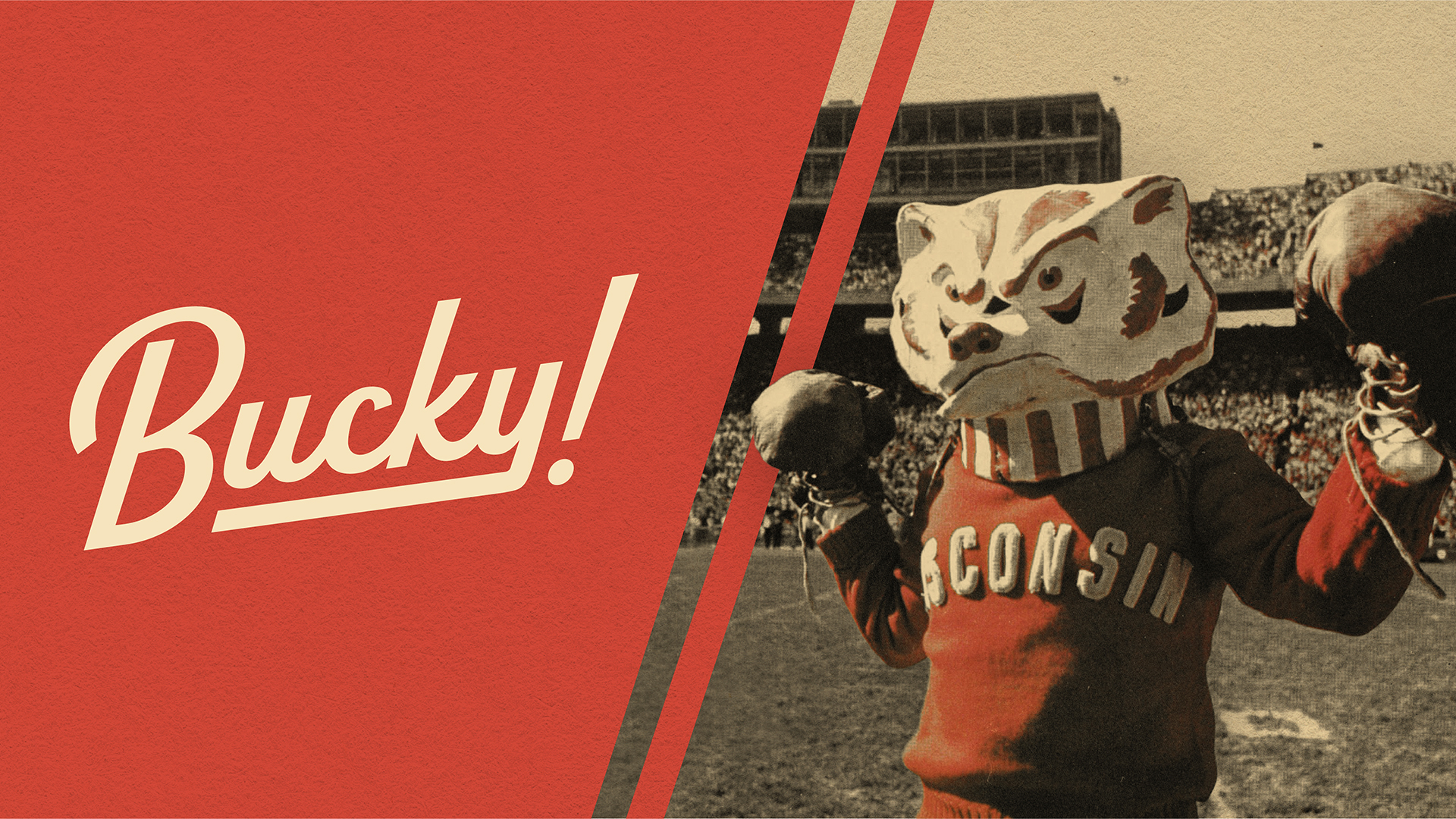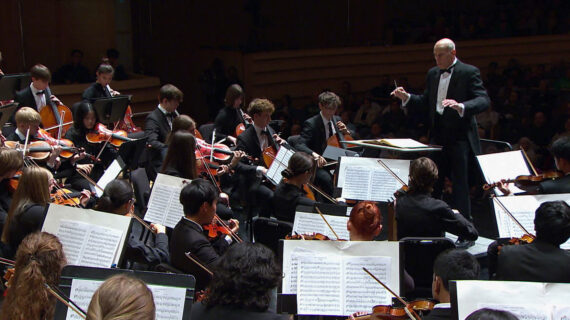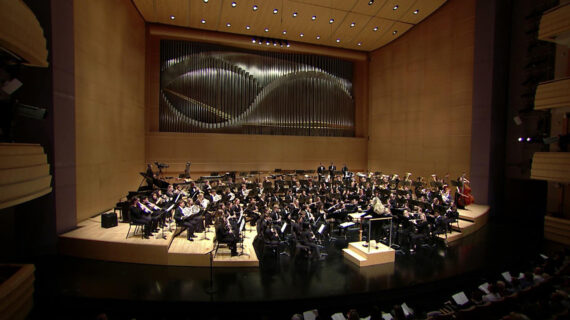Frederica Freyberg:
In state agriculture news, the avian influenza has seen its sixth case so far in Wisconsin. The first case was detected in Jefferson County among a flock of 180,000 egg laying chickens. As part of protocol during a breakout, the flock is killed and then composted in place, which kills the virus. Quarantines are also put in place. To date avian influenza has also been detected Chippewa, Barron and Juneau counties. More than one million birds have been killed as a result. It’s much worse in states like Minnesota and spreads to several states affecting more than seven million birds. We tracked down a poultry expert for answers. Ron Kean is a specialist with the UW-Extension. We started by asking him why, if there this avian flu poses no risk to humans, the Centers for Disease Control is working on a human vaccine.
Ron Kean:
The H5N2 which is currently here there hasn’t been any issue with human infection from it. I think one of the concerns is the influenza virus can mutate easily, and so potentially it could change. They have H5N1 in Asia and, of course, that has affected humans so I think that may be part of the concern. But currently we don’t have a risk to humans.
Frederica Freyberg:
And what about any risk to humans in eating some kind of a bird that had this influenza or the eggs?
Ron Kean:
There’s no evidence that it transmits through the eggs, and in the meat — there are safeguards in place to where the meat shouldn’t get to consumers. Flocks are tested before processing, and this virus is pretty highly pathogenic, so usually the birds are dying pretty quickly. So there’s that. Beyond that, the virus is destroyed pretty low, at about 135 degrees, so cooking it should take care of any virus if it did get through.
Frederica Freyberg:
So in Wisconsin a number of flocks have been affected. In Minnesota, many, many more. In other states as well. In the Midwest, nearly seven million birds in all, much fewer here in Wisconsin. But what caused this?
Ron Kean:
So we believe — I guess we know that the virus is coming in wild birds. Ducks and geese carry it. And so the migration patterns probably carried this up and down the fly-way. The question I guess is how it gets into the barns and that I think there’s still some debate as to how it’s spreading from the waterfowl to the commercial poultry and some backyard flocks. But I guess it’s the wild waterfowl who have caused it.
Frederica Freyberg:
And so the suggestion seems to be that it could then be on the boots or clothing of the people coming and going from the barns.
Ron Kean:
That’s what I think we assume.
Frederica Freyberg:
So are biosecurity measures enough or are they super heightened right now?
Ron Kean:
They’re definitely super heightened. You know, farms are trying to do everything they can to not have any visitors, not allow anything to be tracked in, changing boots at the door, things like that. And yet we still have some outbreaks, so obviously something isn’t enough.
Frederica Freyberg:
What measures are being taken to try to stem the outbreak?
Ron Kean:
The counties that are affected, they have put bans on any poultry events there. When an outbreak is confirmed, the farm itself is quarantined so nothing leaves that farm. The birds that are still alive on that farm will be depopulated, euthanized. And within a containment zone around that farm, they will test every poultry farm or poultry flock. And so those are generally the containment.
Frederica Freyberg:
How injurious could this be to the industry itself?
Ron Kean:
It could be devastating. You know, right now we only have a few flocks, although, again, it’s a number in Minnesota, but still it’s relatively small. But if it continues to spread, it could really be a problem.
Frederica Freyberg:
The USDA pays for affected flocks to be euthanized, but the virus does cause production disruptions. Poultry and egg producers in Wisconsin see about $460 million in annual sales. Warmer weather is expected to help kill off the virus.
Search Episodes
Related Stories from PBS Wisconsin's Blog

Donate to sign up. Activate and sign in to Passport. It's that easy to help PBS Wisconsin serve your community through media that educates, inspires, and entertains.
Make your membership gift today
Only for new users: Activate Passport using your code or email address
Already a member?
Look up my account
Need some help? Go to FAQ or visit PBS Passport Help
Need help accessing PBS Wisconsin anywhere?

Online Access | Platform & Device Access | Cable or Satellite Access | Over-The-Air Access
Visit Access Guide
Need help accessing PBS Wisconsin anywhere?

Visit Our
Live TV Access Guide
Online AccessPlatform & Device Access
Cable or Satellite Access
Over-The-Air Access
Visit Access Guide
 Passport
Passport








Follow Us